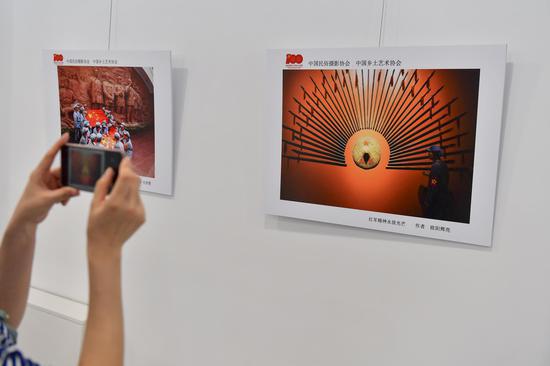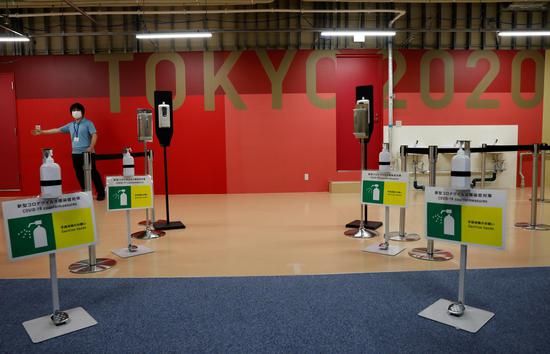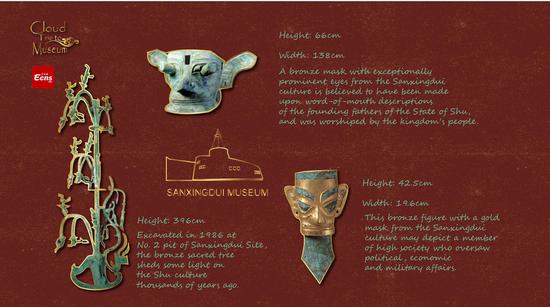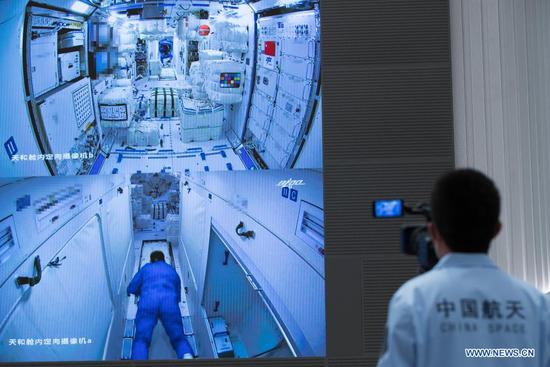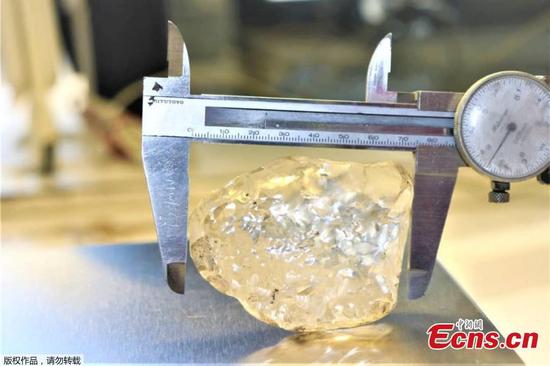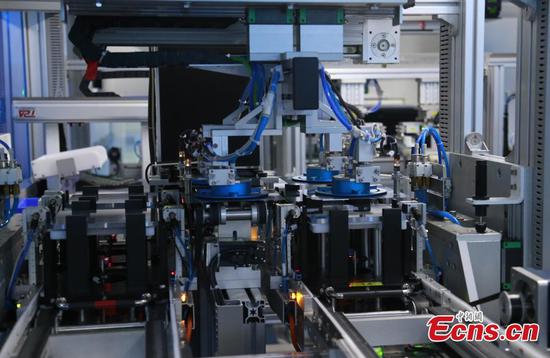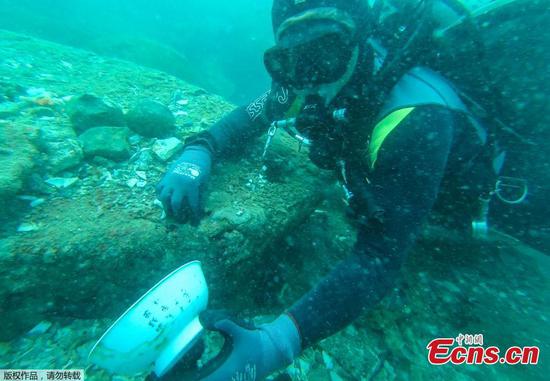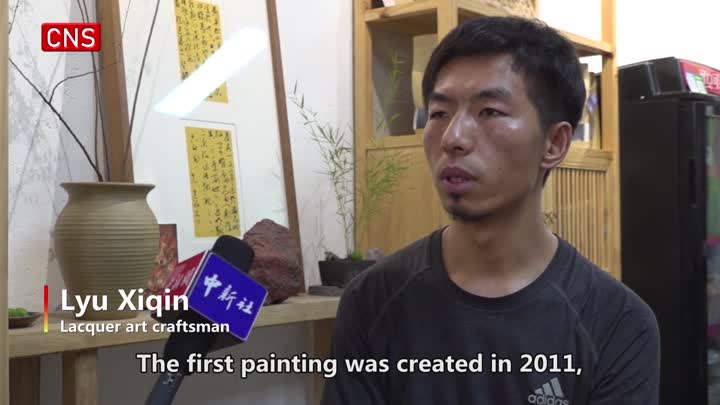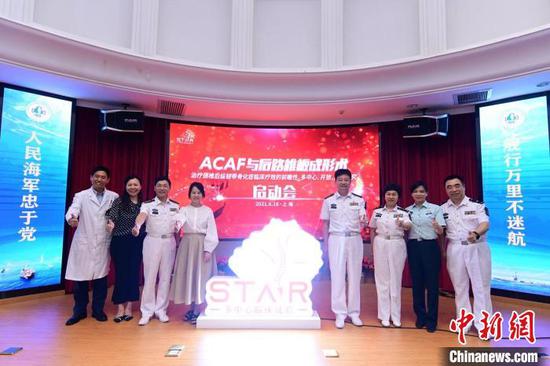
A project on Cervical Ossification of the Posterior Longitudinal Ligament (COPLL) is launched in Shanghai, June 22, 2021. (Photo provided to China News Service by Shanghai Changzheng Hospital)
(ECNS) -- A multiple-centered clinical practice project on Cervical Ossification of the Posterior Longitudinal Ligament (COPLL) was launched in Shanghai on Tuesday.
Led by Professor Shi Jiangang, an orthopedic expert from Shanghai Changzheng Hospital, the project has invited another 11 domestic hospitals to join.
Anterior controllable antedisplacement and fusion (ACAF) technology, independently developed by Professor Shi's research team, has broken operation taboos in textbooks and greatly reduced complications.
Meanwhile, the probability of cerebrospinal fluid leakage has decreased from 32 percent reported in literature to 1.5 percent, with the incidence of severe spinal cord and nerve damage limited to a safe range.
It is a milestone in COPLL surgical treatment and will promote the standard reform of COPLL clinical diagnosis and treatment, according to Shanghai Changzheng Hospital.
At present, the ACAF technology has been put into clinical use at over 40 clinical centers of 19 provinces across China. Its international application in countries like South Korea, Japan, Turkey and Russia also saw positive results, which has saved medical resources and lowered treatment costs.
COPLL, a main disease leading to cervical spinal cord injuries, sees a large number of patients each year. It can lead to paralysis, incontinence, respiratory failure and even death.
Traditional treatment of severe COPLL patients has a high rate of paralysis, many high-risk after-operation complications or limited effects. The high possibility of paralysis causes a huge economic and spiritual burden on patients' families and society.




















